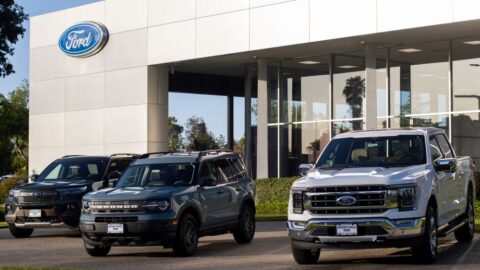One quarter after posting its slowest growth rate in three years (albeit still at a healthy 41% clip), Alibaba shot back up with a 51% sales increase for both its Q4 and total fiscal year. Total revenue for the quarter was $13.9 billion, while annual revenue reached $56.2 billion.
Alibaba’s retail and marketplace operations, labeled “core commerce,” saw Q4 revenue jump 54% year-over-year, while cloud revenue skyrocketed 76% to $1.2 billion. The company’s growth strategy strongly parallels Amazon’s turn to profitability with Amazon Web Services (AWS).
The company forecasts fiscal 2020 revenue growth to slow back down to 33%. But that won’t be because of any pending uncertainty from the U.S.-China trade war and the looming tariffs, according to Joseph Tsai, Executive Vice Chairman of Alibaba.
“The trade negotiations will lead to China opening its markets to more foreign businesses in order to satisfy the massively growing demands of domestic consumers,” Tsai said during an earnings call. “We’re not concerned about slowing China exports affecting GDP growth, because the Chinese economy is shifting from an export economy to a domestic consumption economy. Job expansion is continuing in China.”
The Chinese e-Commerce giant has continued to develop its New Retail initiative, enabling on-demand delivery from 2,100+ Starbucks cafes across 35 cities in China as of April 2019. Additionally, Alibaba has expanded its grocery retail chain Freshippo to 135 self-operated stores that have continued to see robust same-store sales growth, according to the company. Alibaba has integrated the technology used in Freshippo within 470 Sun Art stores, enabling them to place orders through the Taobao app and secure delivery through the Ele.me on-demand delivery platform.
Alibaba’s Chinese marketplaces Tmall and Taobao saw gross merchandise volume (GMV) rise by 19%, with annual active users up 18% to 654 million. More than 70% of that increase was from “Tier 3” or lower cities: less developed urban areas with several million residents.
The company’s go-forward strategy is to focus on these cities. The combined 500 million residents of such cities are projected to triple their overall spending to roughly $7 trillion over the next 10 years, representing a major opportunity for Alibaba, said Tsai.
Alibaba still dominates China’s e-Commerce market, accounting for approximately 66% of GMV sold in 2018, estimated Bernstein analyst David Dai. JD.com was a distant runner up with only 19%.












